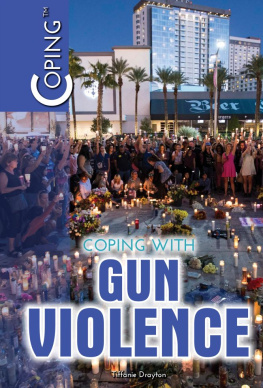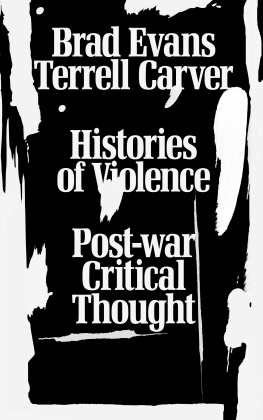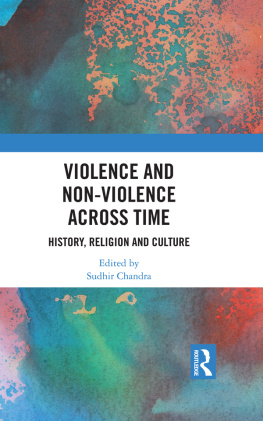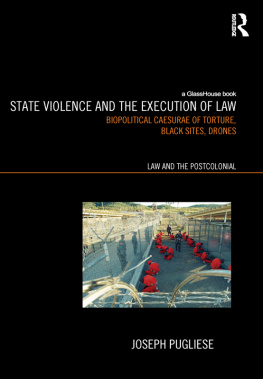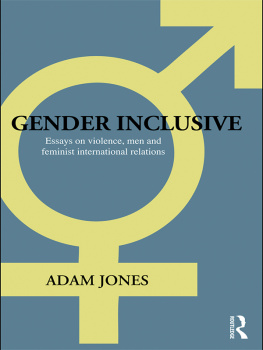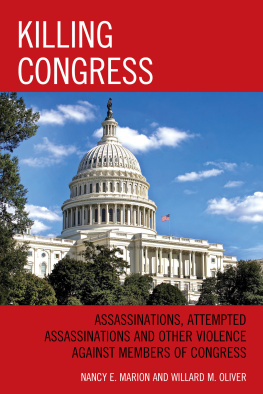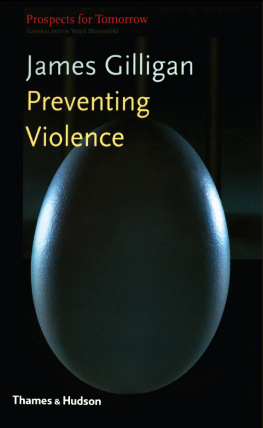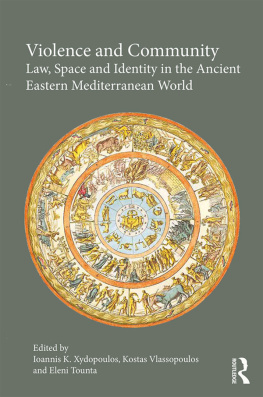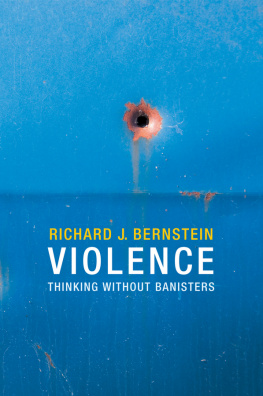SAGE Publications Ltd
1 Olivers Yard
55 City Road
London EC1Y 1SP
SAGE Publications Inc.
2455 Teller Road
Thousand Oaks, California 91320
SAGE Publications India Pvt Ltd
B 1/I 1 Mohan Cooperative Industrial Area
Mathura Road
New Delhi 110 044
SAGE Publications Asia-Pacific Pte Ltd
3 Church Street
#10-04 Samsung Hub
Singapore 049483
Marcus Doel 2017
First published 2017
Apart from any fair dealing for the purposes of research or private study, or criticism or review, as permitted under the Copyright, Designs and Patents Act, 1988, this publication may be reproduced, stored or transmitted in any form, or by any means, only with the prior permission in writing of the publishers, or in the case of reprographic reproduction, in accordance with the terms of licences issued by the Copyright Licensing Agency. Enquiries concerning reproduction outside those terms should be sent to the publishers.
Library of Congress Control Number: 2016958237
British Library Cataloguing in Publication data
A catalogue record for this book is available from the British Library
ISBN 978-1-4739-3768-0
ISBN 978-1-4739-3769-7 (pbk)
Editor: Robert Rojek
Editorial assistant: Matthew Oldfield
Production editor: Katherine Haw
Copyeditor: Camille Bramall
Indexer: Marcus Doel
Marketing manager: Susheel Gokarakonda
Cover design: Wendy Scott
Typeset by: C&M Digitals (P) Ltd, Chennai, India
Printed in the UK
About the Author
Marcus Doelis Professor of Human Geography at Swansea University in Wales, where he is also the Deputy Pro-Vice-Chancellor for Research and Innovation, and the Co-Director of the Centre for Urban Theory. Marcus is an alumnus of the University of Bristol, and held positions at Liverpool John Moores University and Loughborough University in England prior to his move to Swansea University in 2000. He is the author of
Poststructuralist Geographies: The Diabolical Art of Spatial Science (Rowman and Littlefield, Edinburgh University Press), the co-author of
Writing the Rural: Five Cultural Geographies (Sage), and the co-editor of
Jean Baudrillard: Fatal Theories (Routledge),
Moving Pictures/Stopping Places: Hotels and Motels on Film (Lexington Books), and
The Consumption Reader (Routledge) amongst other works. Marcus has written and lectured widely on critical human geography, social and spatial theory, and poststructuralism, and he has published over 100 articles and book chapters in these and related fields.
The Joy of Killing
Should the history of geography be X-rated?
David Livingstone, 1992: 1
For us, the mirror of history, the continuity of history is shattered.
Jean Baudrillard, 2010a: 72
Jean-Luc Godard once quipped that a film should have a beginning, a middle, and an end but not necessarily in that order. Violence, however, has neither beginning nor end and it certainly needs no introduction. You have been a victim, perpetrator, and bystander of violence ever since you squatted in your mothers womb: assaulted day and night by pounding innards; lashing out in the dark at the viscera all around; securing an escape by any means necessary a labour of love, perhaps only to scream, cry, and holler thereafter; and enduring severance from your Siamese twin, the accursed afterbirth, which was almost certainly either incinerated as medical waste or else syphoned off for the pharmaceutical and cosmetics industries. You were born amid faeces and urine, as St Augustine memorably put it. You are an agent, instrument, and product of violence. You are horrified through and through, like a plasticized cadaver or petrified trunk. Suffice to say that each individual harbours a unique genealogy of violence; that the trouble with being born and the temptation to exist, to borrow fine phrases coined by Emil Cioran (2012a, 2012b), is that you are a horror a horror from the off; a horror before anything happens to you out there in the world into which you were thrown dissevered, dividuated, denuded, and deshelled (Sloterdijk, 2011). And your destiny is to die from exposure to that world, as Lars von Trier demonstrates so adeptly in his film, Antichrist (2009).
The kernel of our mission, then, is horror the horror of you, your existence, and your exposure to the world. You are saturated with violence and immersed in violence. It is your life-blood and death wish. So, I have no intention of introducing you to the violent geographies that are coming. You will encounter them soon enough. You have been encountering them all of your life. They are striking. Handsome even like Death (Gracq, 2013). Some, such as Terror, are very close. Others, like droning specks over Waziristan, from a long way off look like flies (Jorge Luis Borges, quoted in Foucault, 1974: xv). So, while innumerable violent geographies wait to be reacquainted with you, I wager that they are chatting madly in an impersonation of gaiety, like bride-seeking zombies are wont to do: Beautiful day! Certainly is! Bought a new coat! You did! Yes, bought a new coat, this coat Im wearing, I think its very fine! (Barthelme, 2003: 345). Or rather, these geographies of violence should be striking. For I also wager that so much of the violence and the horror that courses through you and your world no longer touches you at all. You have become wraithlike a ghastly figure cut out of the horror; a ghostly figure cut off from the horror. Not all of the horror, to be sure, but most of it. Granted, you have your mortal wounds and mental scars, like everyone else: an identity, perhaps; a sorry saga, no doubt. But lets not dwell on that. Not now, at least.
Setting the pleasantries aside, then, dear reader, my aim is to bring you back from the land of the living dead, not by giving you a grand tour of the geographies of violence and their sublime ruins that stretch as far as the eye can see a genteel show-and-tell conducive to a cosy exchange of opinions or God forfend a heated debate but rather by striking you anew with them. I want to hit you in the face and the stomach with the violence and the horror that is you and your world. So, dear reader, beware of whats coming. The horrors in this shattered mirror are closer than they appear! Consequently, I have a host of them reserved for you, from womblike torture chambers and humane killing machines to chargrilled cities and corpse mines. And in lieu of an introduction, and to add insult to injury, there will be a few savage welcomes along the way: complete with howling guards, barking dogs, and excremental assaults. I will also for the most part dispense with the unpleasant business of appearing reasonable and argumentative, and the tiresome bother of trading opinions, especially with the tedious banter that hails from the Right. This world self-evidently deserves to perish and desires to perish. It is going forward, ever worstward, in word and in deed, fortified by the deliriums of sustainability and resilience. Another world is not only possible (such low expectations!), it is inevitable. The end of the world is indeed nigh, but rest assured that it is only


